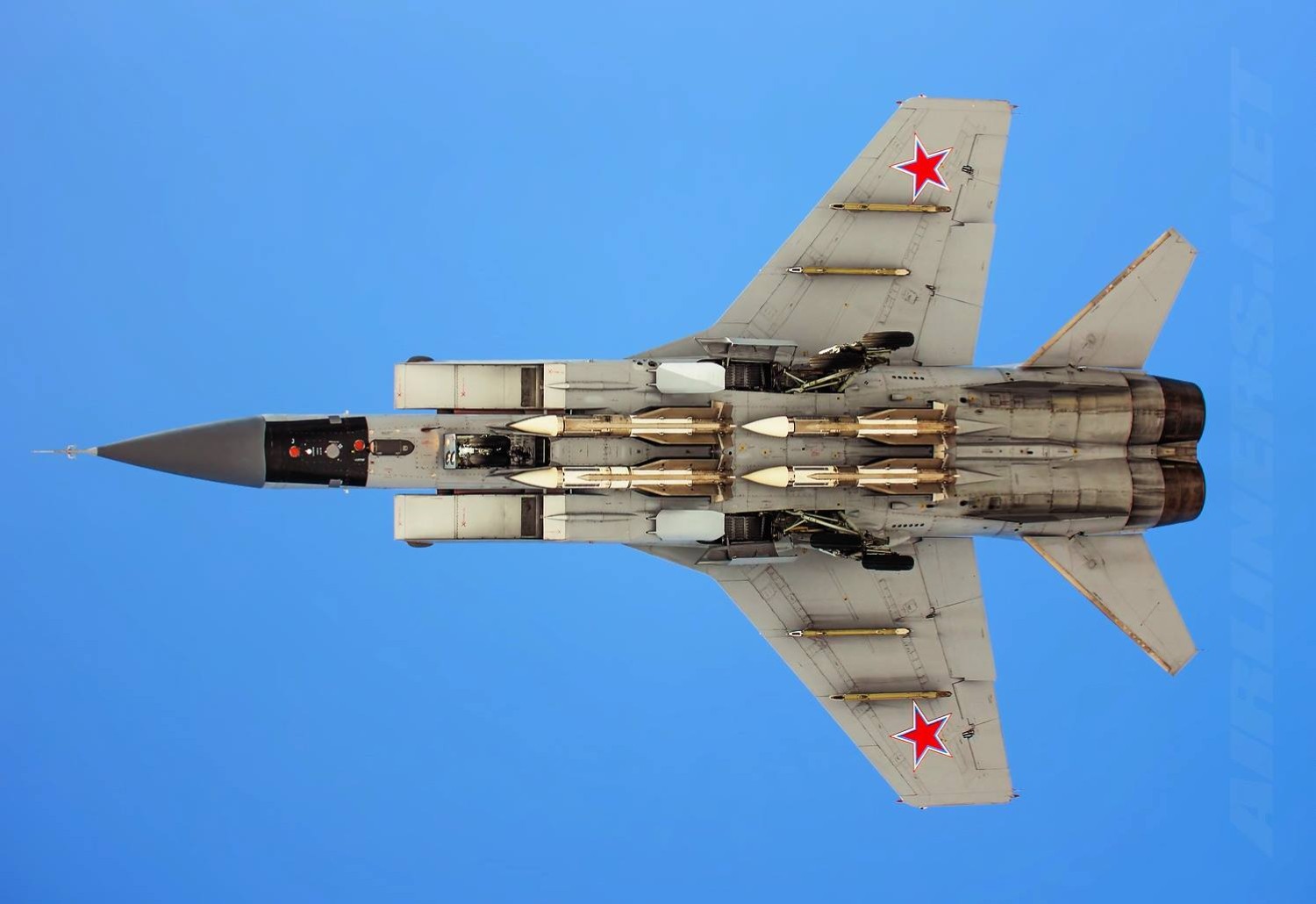A Russian MiG-31 fighter-interceptor aircraft has crashed in the Murmansk Region after catching fire. The Russian Defense Ministry has confirmed the accident.
“One of the engines of the MiG-31 reportedly caught fire during a scheduled flight. The plane crashed. Apparently, it fell into a lake,” the source said. “The pilots must have ejected themselves. Eyewitnesses say they have seen two parachutists in the area of the crash,” Tass reported.
According to initial reports, the pilots of the MiG-31 aircraft ejected safely and did not need hospitalization, Governor Andrey Chibis said.
“The pilots were found and examined by doctors. There is no threat to their lives and health. Fortunately, hospitalization was not even required. As for the damage, the crashed aircraft has not inflicted any damage on the infrastructure. The pilots are heroes as they successfully flew the plane away from a populated area,” Chibis said in a video address on his Telegram channel.
MiG-31 is a supersonic interceptor aircraft that was developed for use by the Soviet Air Forces through the Mikoyan design bureau as a replacement for the earlier MiG-25 “Foxbat” and has the distinction of being among the fastest combat jets in the world. The Russian Air Force operates 130 aircraft, and the Kazakhstan Air Force operates 20.
⚡️Another video of the MiG-31 aircraft that crashed in the Murmansk region pic.twitter.com/sCD74EpGqM
— War Monitor (@WarMonitors) April 26, 2023
The Russian defense ministry expects the MiG-31s to remain in service until 2030 or beyond and was confirmed in 2020 when an announcement was made to extend the service lifetime from 2,500 to 3,500 hours on the existing airframes. Over 50 planes are modified to MiG-31BM (Bolshaya Modernizatsiya/Deep Modernization).

Equipped with a range of long-range missiles, the MiG-31 has delivered devastating strikes on Ukrainian positions.
According to a report from the Royal United Services Institute, the MiG-31 interceptor aircraft has reportedly shot down numerous Ukrainian warplanes with its powerful Vympel R-37M air-to-air missiles while conducting high-altitude patrols.
Meanwhile, Russia is interested in studying Iran’s experience in the development of aircraft building under external sanctions pressure, Mikhail Yusov, Deputy Head of the Industrial Policy Department of the Eurasian Economic Commission.
“Iran’s peculiarity is that it has been living under the oppression of sanctions for many years, but they have found ways to develop aircraft engineering. They are able to repair aircraft. The Iranians’ experience in this regard may be useful for us,” Yusov said.
In early April, against the background of Western sanctions, Russian flag carrier Aeroflot sent an Airbus A330-300 to Iran for landing gear maintenance for the first time.
Since February 2022, the European Union has imposed ten packages of sanctions against Russia over its special military operation in Ukraine. Some of these affected Russia’s aviation industry, such as the termination of deliveries of aircraft and spare parts.
Mail us at: etdesk (at) eurasiantimes.com




